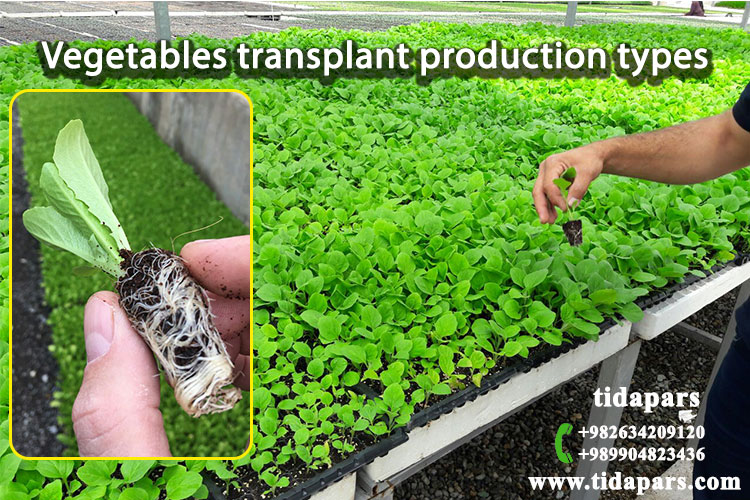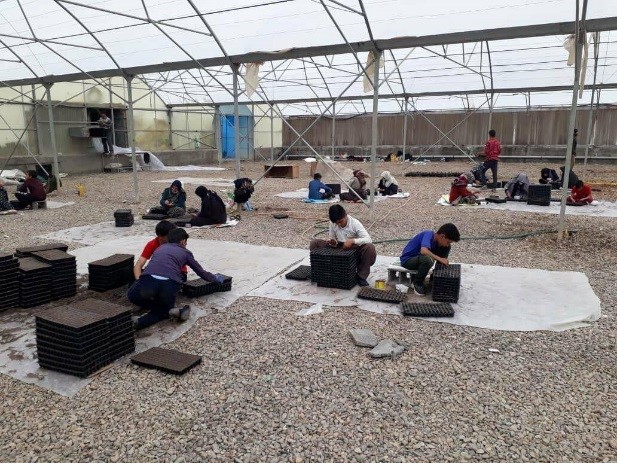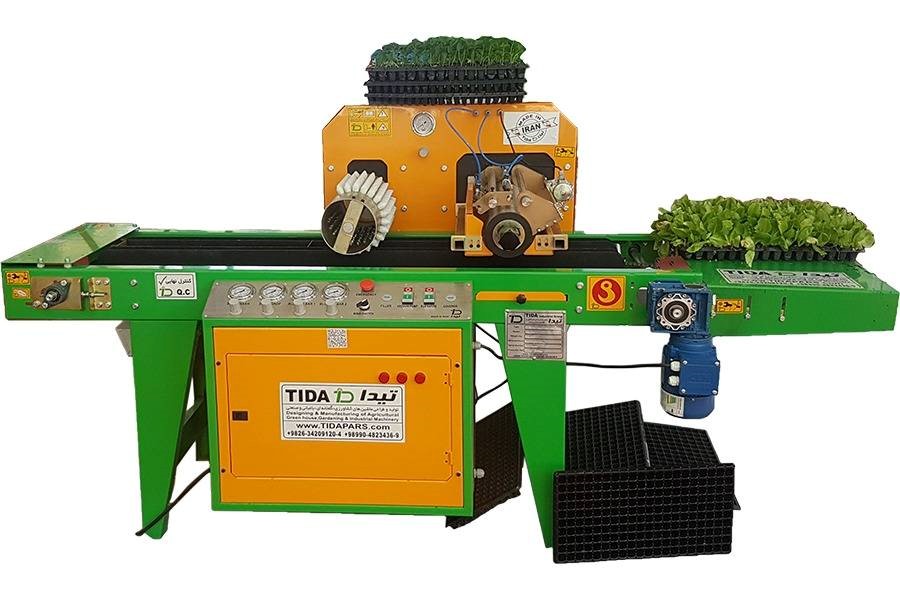vegetables transplant
What is seeding?
Seeding in plug trays is called sowing. In general, putting seeds in the culture media is called cultivation process germination period, the appearance of cotyledons and the first main leaves includes the production of transplant. A seedling is a young plant that does not have the ability to provide its own food sources and uses the food reserves of seeds. After the growth of the transplant and its ability to photosynthesis and provide food resources, the plant leaves the seedling stage.
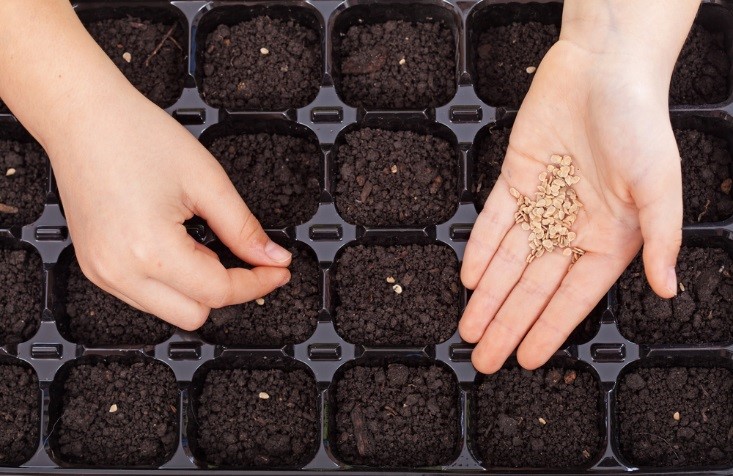
Pros of greenhouse seedlings:
Early product production
Uniform planting with appropriate height
Seedling growth control
Greater resistance to abiotic stresses
Strong root system
Weed management
There are two main systems for producing seedlings:
1. Direct planting of seeds in the main culture media.
2. Planting seeds in seedling trays and then transferring them to the main media.
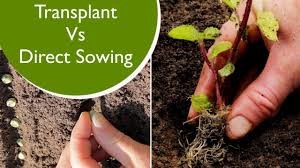
Bare root transplantation – direct sowing of seeds in the soil plot:
In the traditional or bare root Vegetables transplant method, the seeds of crops are planted directly and in rows in soil plots and the complete germination period is spent in the soil. After the growth reaches the desired size, they start to harvest the seedlings from the ground and then separate them to transfer to the main ground. In other words, the production of seedlings with bare roots involves pulling the plant out of the soil, while leaving smaller roots in the soil. This makes the vegetables transplant more sensitive, because their roots are not protected enough during transportation and planting in the outdoor environment.
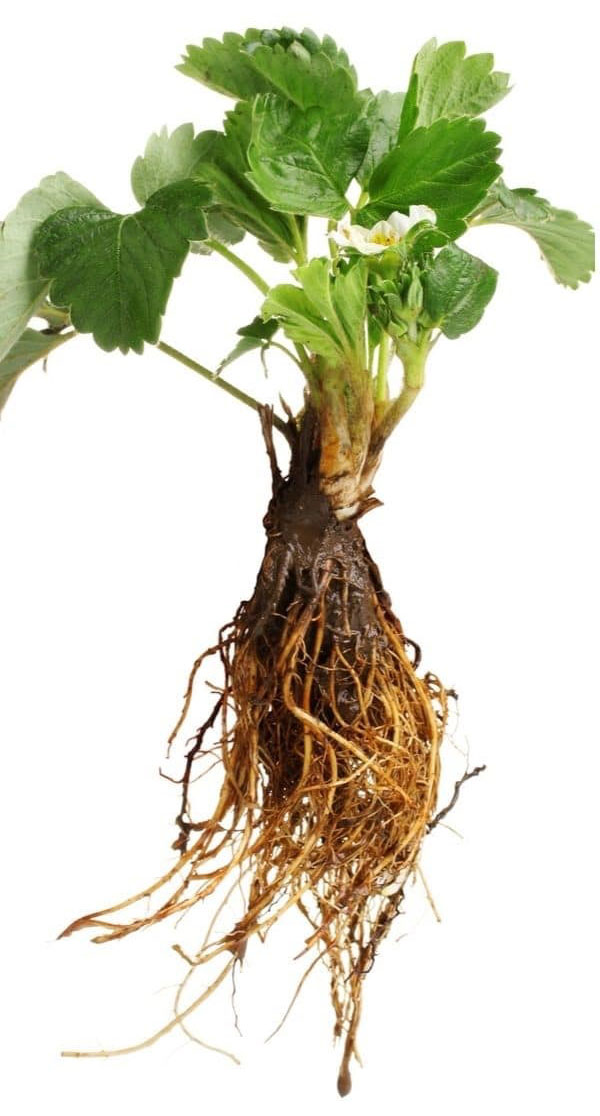
tubar transplant – planting seeds in a transplant tray
The production of tuber vegetables transplant is through seed cultivation in the plug tray. In this method, the seedling is kept in the seedling tray from the time of germination until it grows to the desired size for transfer to the main land. Unlike bare root seedlings, which have a low degree of establishment in the main ground, tubar seedlings have a strong root system, very good establishment and without any damage to the seedlings in the ground.
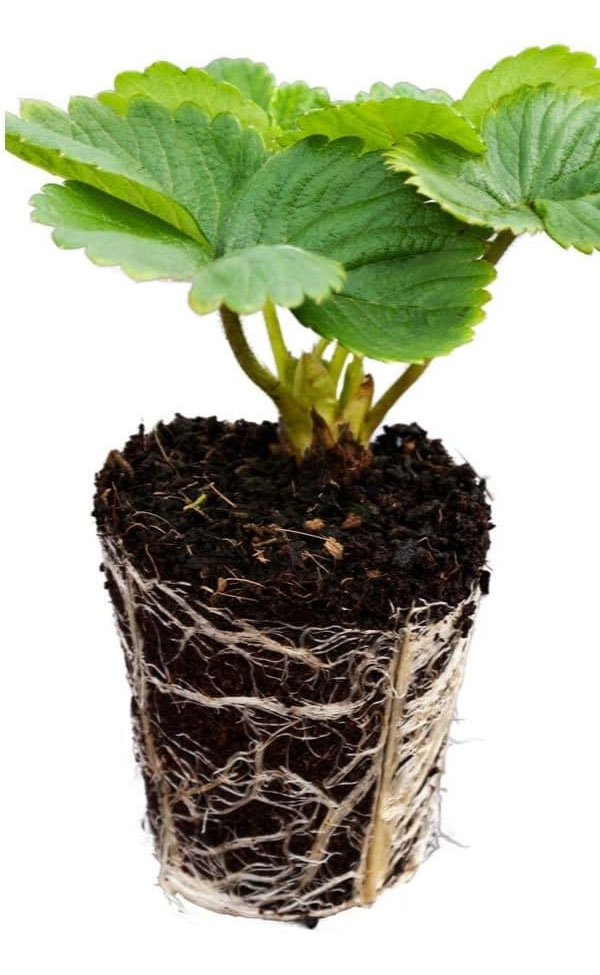
Currently, breeders are using the tubar vegetables transplant production system. There are two ways to produce
vegetables transplant by planting seeds in the plug tray:
1. Manual and by labor force.
2. Mechanization and agricultural machinery.
Comparison of traditional and mechanized methods of seed cultivation:
In the traditional method, the worker sows the seeds individually in the cells of the seedling tray, and the other stages of cultivation, soil covering, irrigation, etc. are also done by the labor force. In this method, the accuracy and speed of work is completely unfavorable. Mechanization and the use of agricultural machinery in the process of seed cultivation has improved the speed, accuracy and performance in such a way that the productivity of manpower and machines has led to a significant increase in performance.
Figure 10. Manual work in the vegetable transplant production greenhouse
Production of vegetable transplant in warm season and cold season:
Vegetable seedlings are generally divided into two categories: warm season vegetables and cold season vegetables. Cold season vegetables such as beets, broccoli, cabbage, lettuce, leeks, onions, peas, kale, cauliflower, collard greens, spinach and radish. Warm season vegetables are not cold resistant. Warm season vegetables include crops such as squash, eggplant, melon, pepper, beans, tomatoes, and sweet corn.
Mechanized seed cultivation:
TIDAPARS seedling machine for mechanized seed cultivation with the performance of at least 1200-3600 trays per hour is placed in the first category of hydroponic greenhouse equipment of this company. This device has zero percent error for pellet seeds and close to zero percent error for non-pellet seeds, and with full safety, it has been provided to vegetable seedling experts and greenhouse worker.
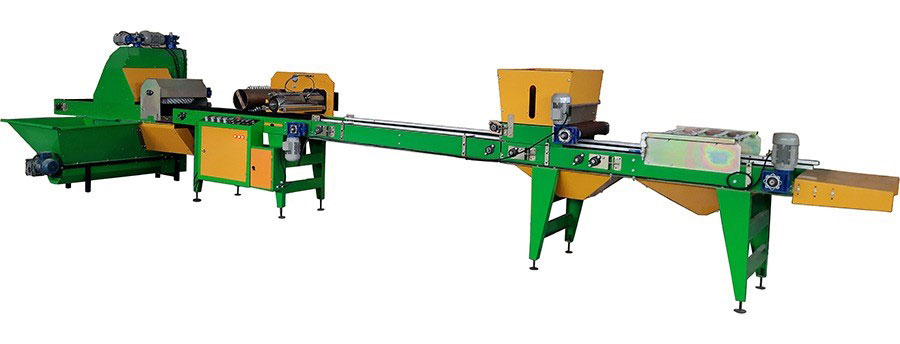
–
Media culture
Cocopeat, perlite, peat moss, rock wool, etc. are types of hydroponic cultivation substrate that
can absorb water several times their capacity.
The percentage of organic and mineral substances in the hydroponic culture media is close to zero.
They have neutral acidity and low salinity.
Long-term water retention capacity for long-term nutrition of the root system.
They are light in weight and have very good drainage.
Conclusion:
Today, due to the increasing expansion of greenhouses for the production and breeding of seedlings, many experts are working in the field of greenhouses and cultivation. The country’s water crisis and the increasing productivity of the greenhouse surface area have led more and more farmers to cultivate and produce vegetable seedlings in a mechanized way.
In general, hydroponics means cultivation in the culture media of cocopit, perlite, peat moss, etc., which chemically have stable chemical properties and are not affected by other components of the cultivation environment. Seed planting, germination, growth and development and other stages of plant physiology are carried out in the culture media and its nutrition through Hogland’s nutrient solution, which is precisely programmed. Cultivation in hydroponics increases the growth by approximately 30-50% of soil cultivation. In addition to reducing water consumption in hydroponic cultivation, productivity of the greenhouse area, pest and weed control are also easily done.
CEO: Faegheh osanlou-09904823436
TIDAPARS R&D manager
Fatemeh safaei-09103218554







